Building a data warehouse is a complex undertaking that requires careful planning and a clear understanding of business needs. One of the most crucial steps in the process is defining the business requirements. A well-defined Data Warehouse Business Requirements Template serves as a roadmap for the entire project, ensuring that the resulting data warehouse effectively supports the organization’s decision-making processes. It helps align the technical implementation with the specific needs of business users, reducing the risk of costly rework and ultimately increasing the value of the data warehouse.
Data Warehouse Business Requirements Template
This template is designed to help you systematically gather and document the business requirements for your data warehouse project. It covers various aspects, from understanding the business goals to detailing the specific data needs and reporting requirements. Remember to tailor this template to your specific organizational context and involve key stakeholders throughout the process.
-
1. Executive Summary
A brief overview of the data warehouse project, including its objectives, scope, and key benefits. This section should provide a high-level understanding for stakeholders and decision-makers.
- Project Name
- Project Sponsor
- Project Manager
- Brief Project Description
- Key Business Objectives
- Expected Benefits (e.g., improved decision-making, enhanced reporting, better data-driven insights)
-
2. Business Goals and Objectives
Define the strategic goals that the data warehouse is intended to support. What business problems are you trying to solve? What opportunities are you trying to capitalize on? Be specific and measurable.
- List each business goal in detail (e.g., Increase sales revenue by 15% in the next year).
- Describe how the data warehouse will contribute to achieving each goal.
- Identify key performance indicators (KPIs) that will be used to measure success.
-
3. Scope and Boundaries
Clearly define what is included and excluded from the data warehouse project. This helps manage expectations and prevents scope creep.
- Data Sources Included: Specify which source systems will feed data into the data warehouse. (e.g., CRM, ERP, Marketing Automation System)
- Data Sources Excluded: Identify data sources that will NOT be included in the initial phase.
- Business Units Included: Specify which departments or business units will be using the data warehouse.
- Business Units Excluded: Identify any business units that will not be part of the initial implementation.
- Timeframe Covered: Define the historical data required (e.g., 5 years of sales data, 3 years of customer data).
-
4. User Roles and Responsibilities
Identify different user groups and their roles within the data warehouse environment. Define their access needs and responsibilities.
- Executive Management: Requires high-level dashboards and summary reports.
- Marketing Team: Needs detailed campaign performance reports and customer segmentation analysis.
- Sales Team: Requires sales performance dashboards, lead generation reports, and customer analytics.
- Finance Team: Needs financial reporting, budgeting analysis, and profitability analysis.
- Data Analysts: Responsible for creating custom reports and conducting ad-hoc analysis.
- Data Stewards: Responsible for data quality and governance.
-
5. Data Requirements
Detail the specific data elements required for the data warehouse. This section is crucial for defining the data model and ETL processes.
- Entities: List the key business entities that need to be represented in the data warehouse (e.g., Customer, Product, Order, Sales Territory).
- Attributes: For each entity, specify the relevant attributes and their data types (e.g., Customer ID (INT), Customer Name (VARCHAR), Order Date (DATE), Sales Amount (DECIMAL)).
- Data Granularity: Define the level of detail required for the data (e.g., daily sales data, monthly customer churn).
- Data Quality Requirements: Specify the expected data quality standards (e.g., accuracy, completeness, consistency). Include plans for data cleansing and validation.
- Data Security and Privacy: Address security and privacy requirements, including data masking, encryption, and access controls. Ensure compliance with relevant regulations (e.g., GDPR, HIPAA).
-
6. Reporting and Analysis Requirements
Describe the specific reports, dashboards, and analytical capabilities required by users. This section should be driven by the business goals outlined earlier.
- List of Reports: Specify the required reports, including their purpose, frequency, and target audience (e.g., Monthly Sales Performance Report for Executive Management).
- Dashboard Requirements: Define the key metrics and visualizations required for dashboards (e.g., Sales Dashboard showing revenue, profit margin, and customer acquisition cost).
- Analytical Capabilities: Describe the analytical capabilities needed, such as trend analysis, forecasting, customer segmentation, and what-if scenarios.
- Reporting Tools: Specify the preferred reporting tools and platforms (e.g., Tableau, Power BI, SQL Server Reporting Services).
-
7. Performance Requirements
Specify the expected performance of the data warehouse, including query response times, data loading times, and overall system availability.
- Query Response Time: Define the acceptable response time for typical queries (e.g., 90% of queries should return results in under 5 seconds).
- Data Loading Time: Specify the acceptable time window for loading data into the data warehouse (e.g., daily data load should complete within 2 hours).
- System Availability: Define the required system uptime (e.g., 99.9% availability).
-
8. Technical Requirements
Outline any specific technical requirements, such as platform preferences, integration requirements, and security considerations.
- Hardware and Software Requirements: Specify the required hardware and software infrastructure.
- Integration Requirements: Describe how the data warehouse will integrate with existing systems.
- Security Requirements: Detail security requirements, including authentication, authorization, and data encryption.
- Scalability Requirements: Address the expected growth of the data warehouse and plan for future scalability.
-
9. Assumptions and Constraints
Document any assumptions that are being made and any constraints that might impact the project.
- Assumptions: List any assumptions that are being made about data availability, user access, or technical capabilities.
- Constraints: Identify any limitations, such as budget constraints, resource constraints, or regulatory constraints.
-
10. Glossary of Terms
Define any technical or business terms that might be unfamiliar to stakeholders.
- Term: Definition
By diligently completing this Data Warehouse Business Requirements Template, you can ensure that your data warehouse project is aligned with business needs, well-defined, and positioned for success. Remember to involve key stakeholders throughout the process to gather comprehensive input and build consensus. Regular review and updates to the requirements document are also essential to adapt to changing business needs.
If you are searching about Data Warehouse Business Requirements Document Template in Word, Google you’ve came to the right place. We have 22 Pics about Data Warehouse Business Requirements Document Template in Word, Google like Data Warehouse Business Requirements Document Template in Word, Google, Standard Business Requirements Document Template in Word, Google Docs and also The Business Requirement Document: What It Is and How to Write It [+5. Read more:
Data Warehouse Business Requirements Document Template In Word, Google
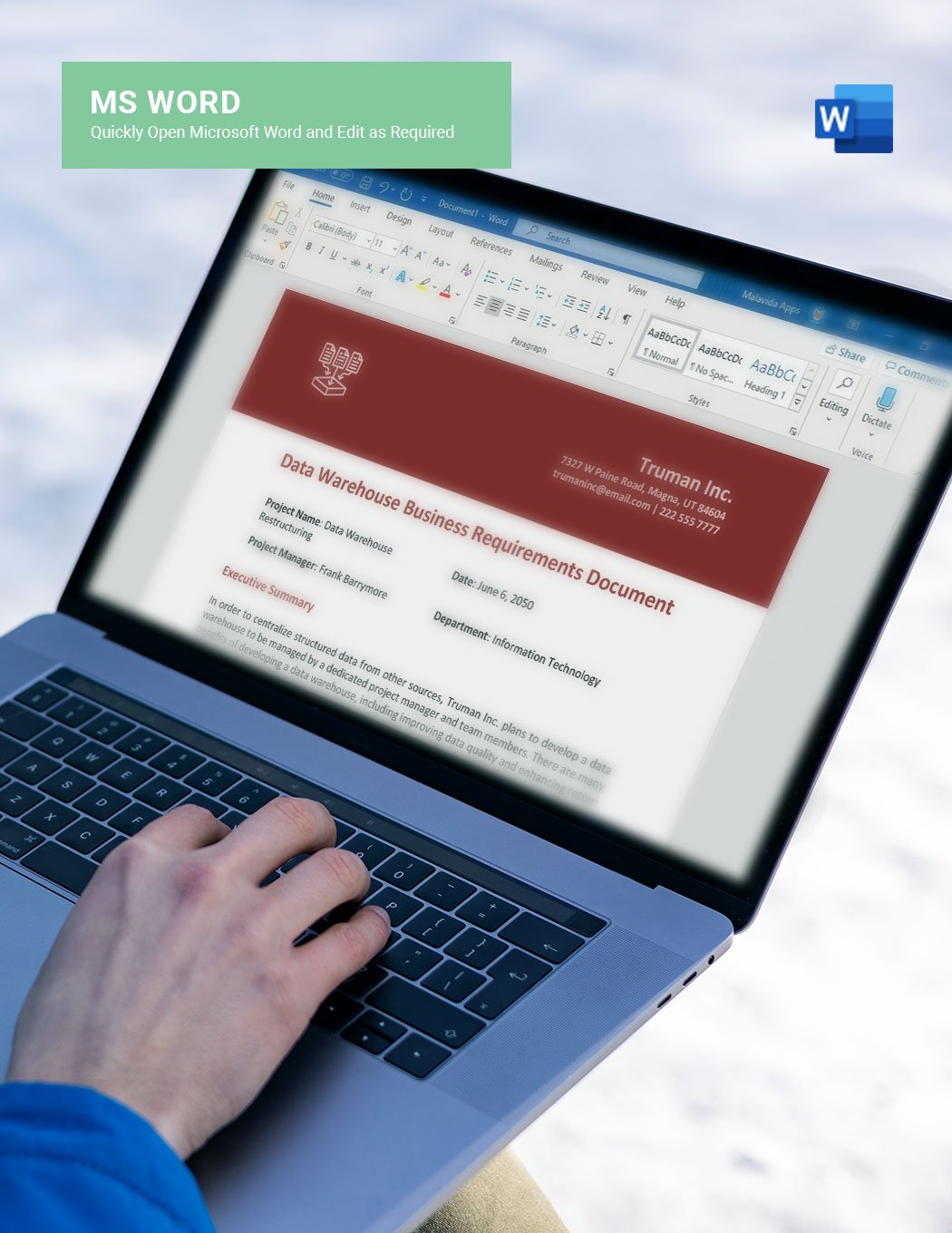
www.template.net
Business Report Format Template Valid Business Requirements Template

vancecountyfair.com
Free Business Requirements Document Templates To Edit Online & Print

www.template.net
Free Warehouse Templates To Edit Online
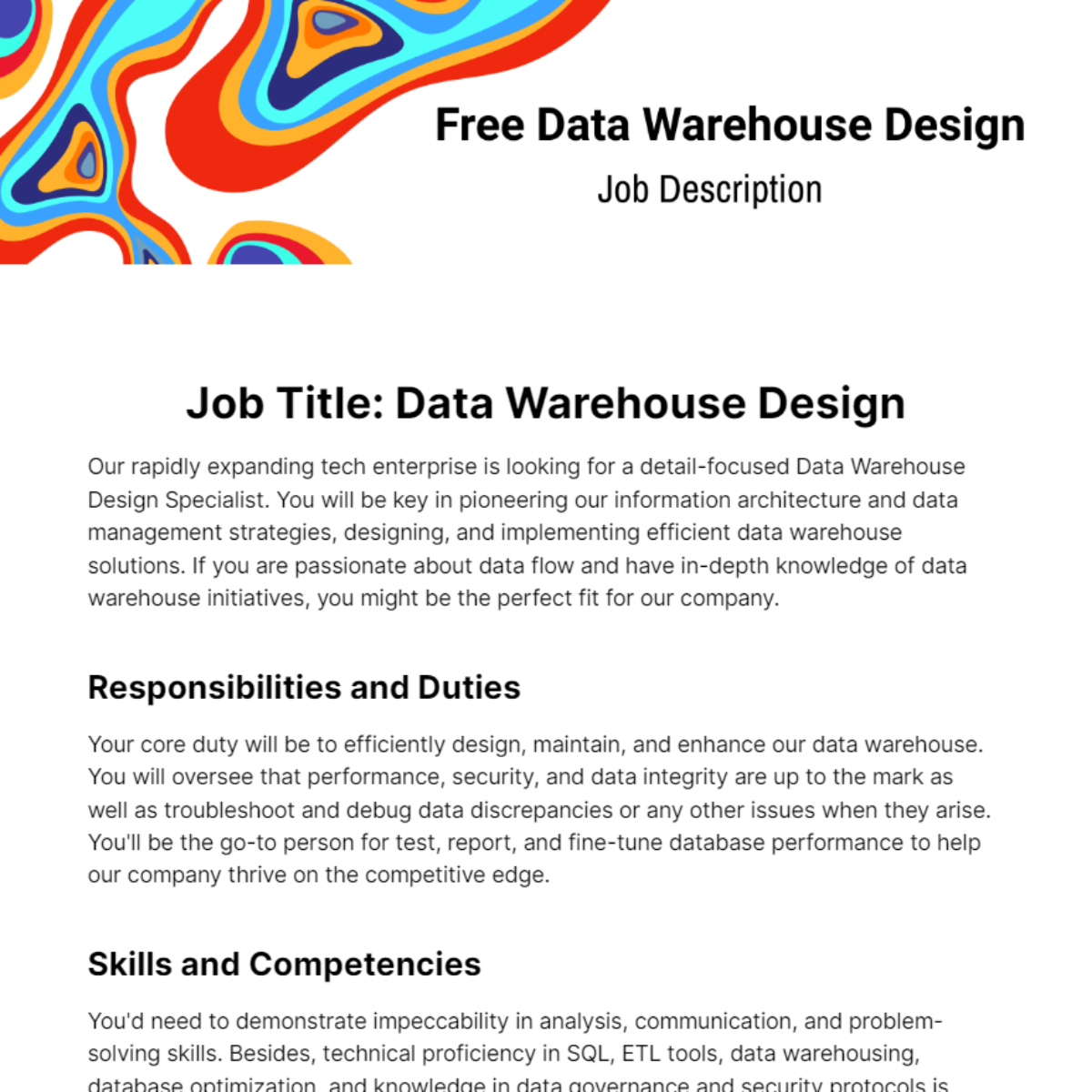
www.template.net
Data Warehouse Requirements Gathering Template Excel
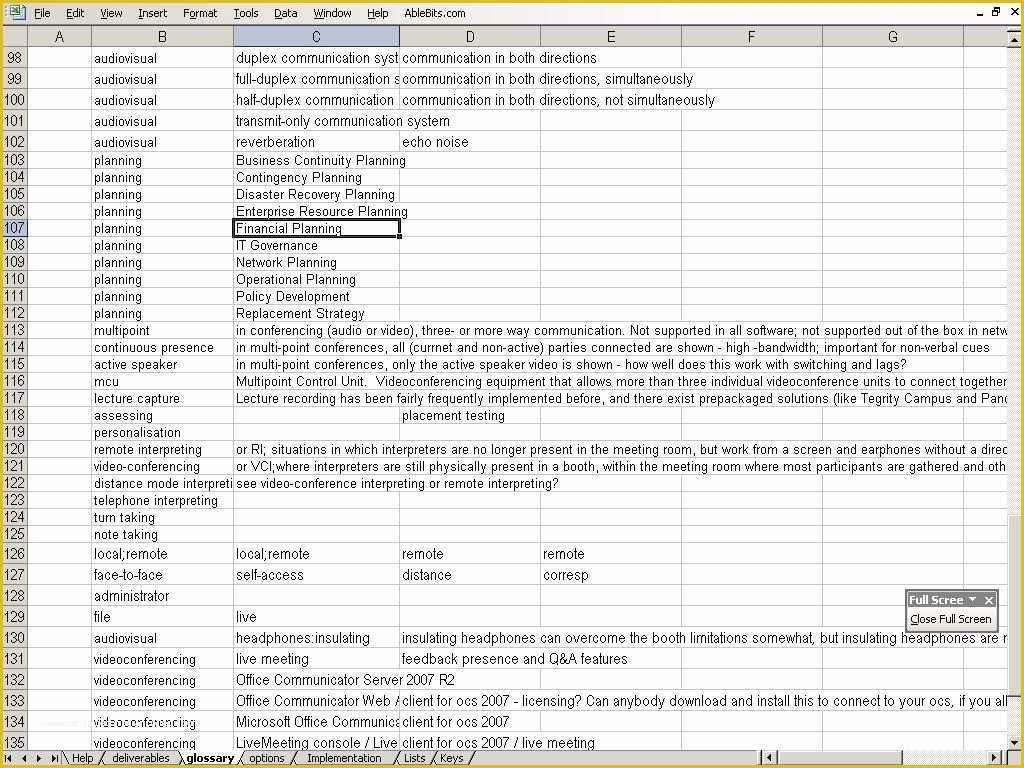
old.sermitsiaq.ag
Free Project Requirement Templates | Smartsheet
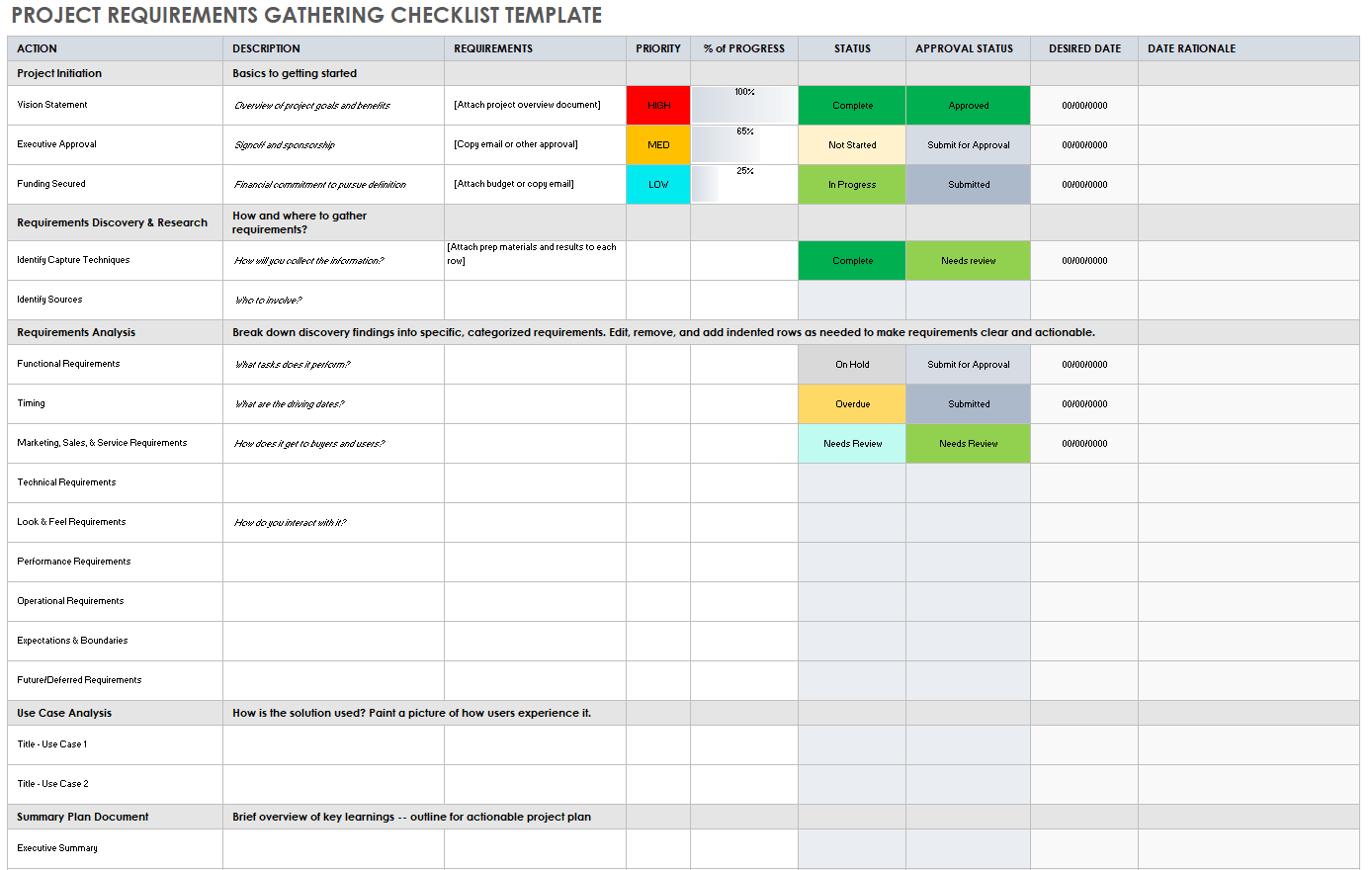
www.smartsheet.com
Editable Business Requirements Document Templates In Word To Download
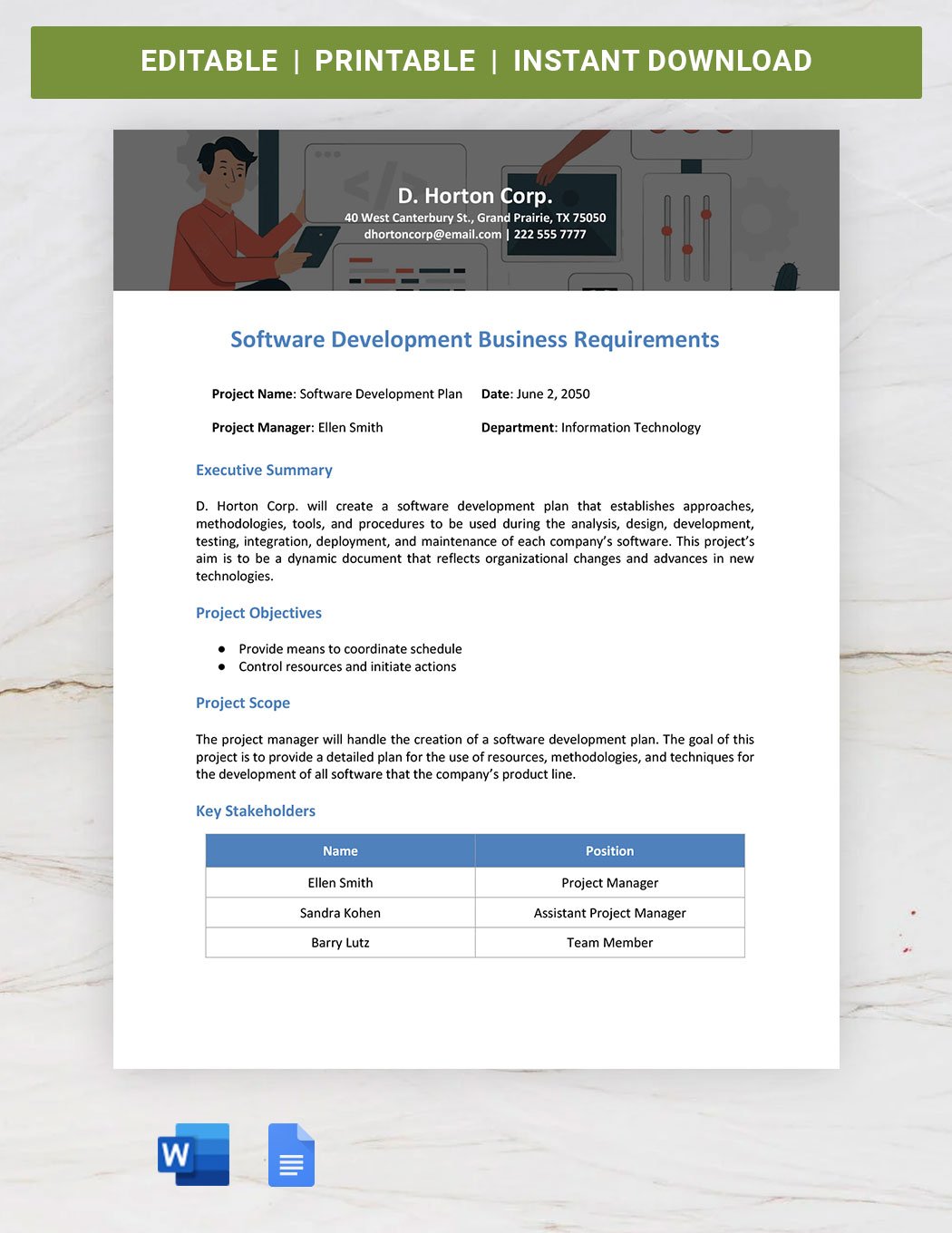
www.template.net
Standard Business Requirements Document Template In Word, Google Docs
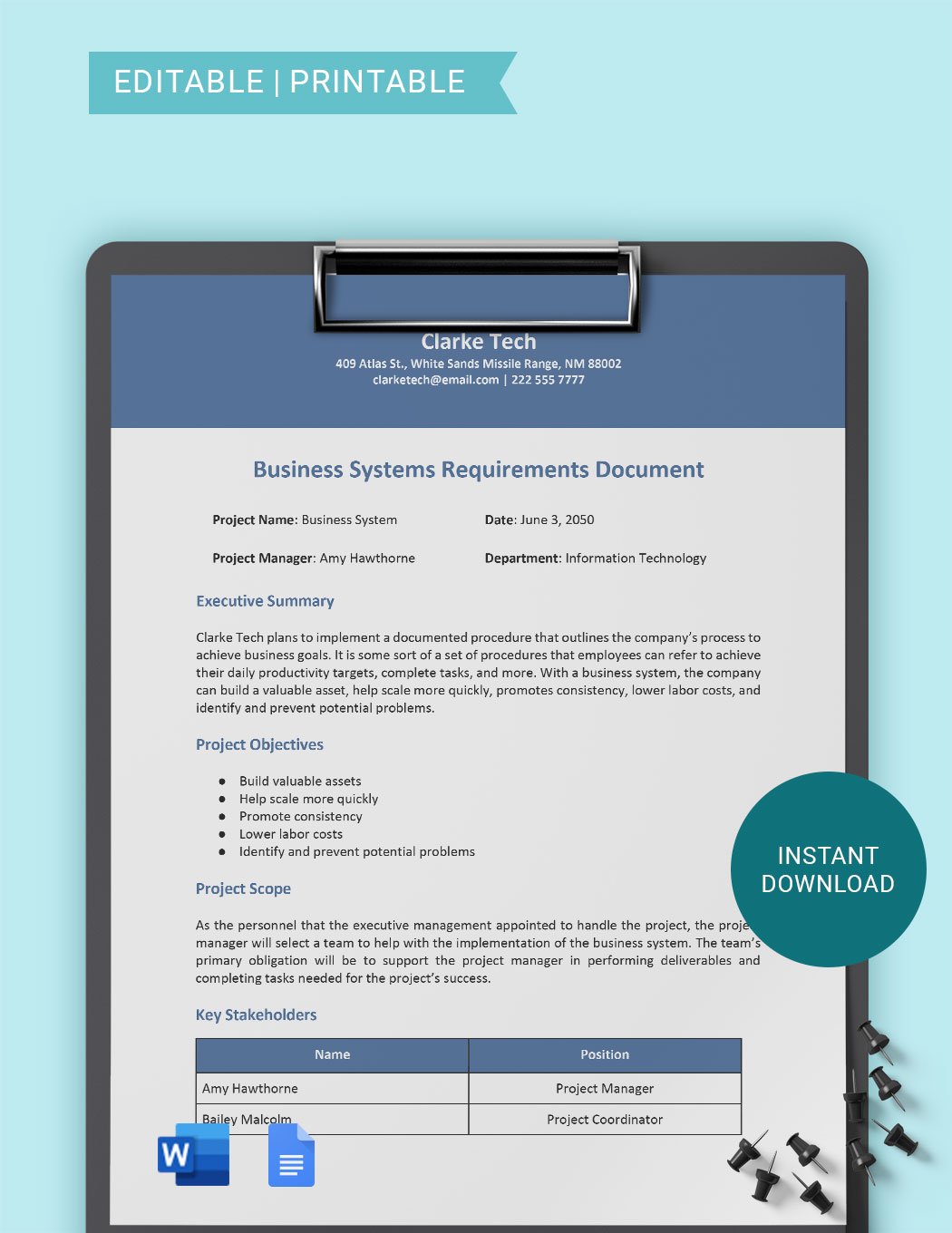
www.template.net
Data Warehouse Business Requirements Template – PARAHYENA

www.parahyena.com
Free Warehouse Templates To Edit Online
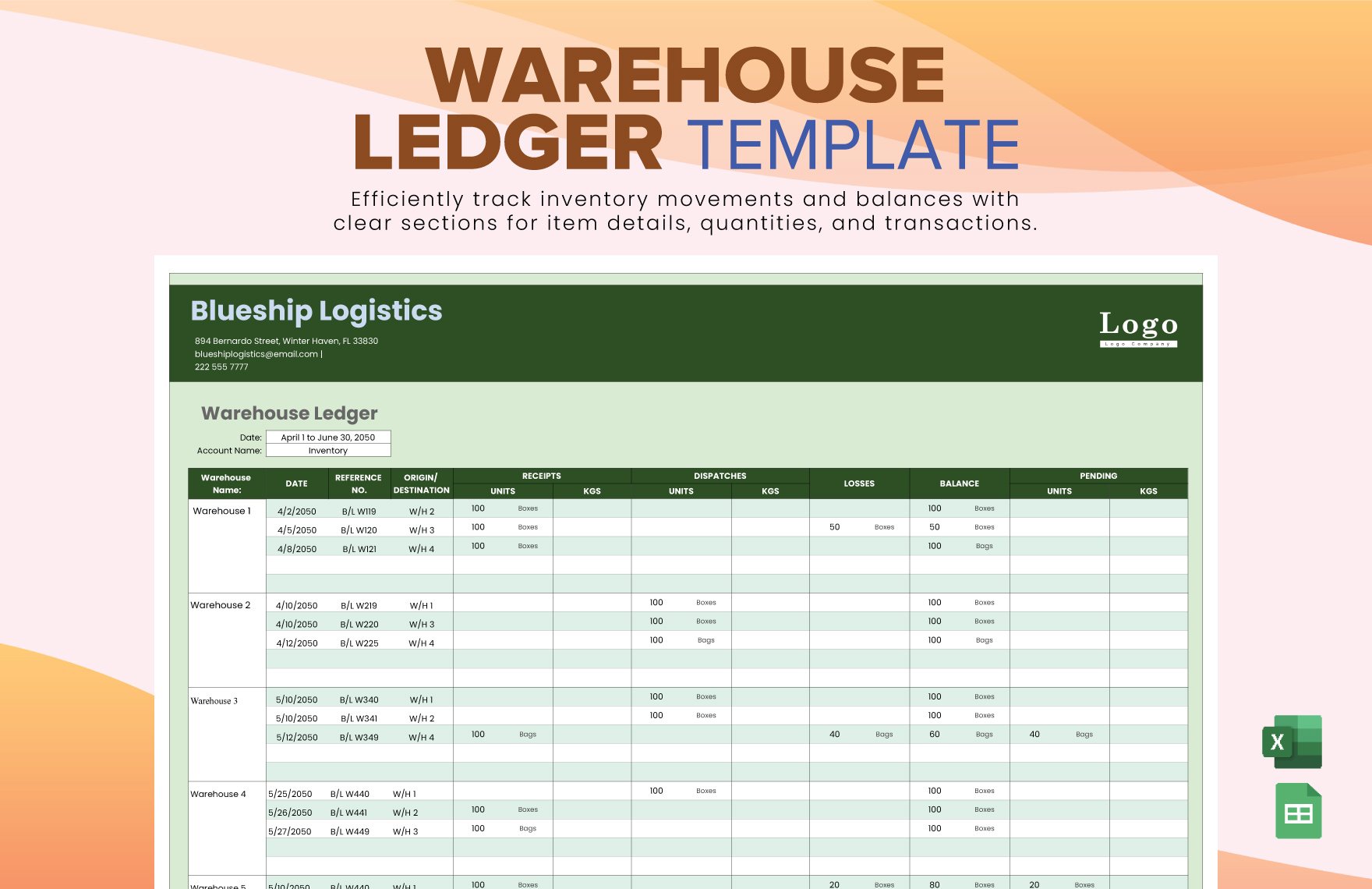
www.template.net
The Business Requirement Document: What It Is And How To Write It [+5

blog.hubspot.com
Data Warehouse Requirements Checklist At Willie Mixon Blog

storage.googleapis.com
Standard Business Requirements Document Template In Word, Google Docs

www.template.net
Free Requirements Document Template – Templates Printable
templates.ula.edu.pe
Sample – Data Warehouse Requirements

www.slideshare.net
Free Warehouse Templates To Edit Online

www.template.net
Free Business Requirements Document Templates To Edit Online & Print
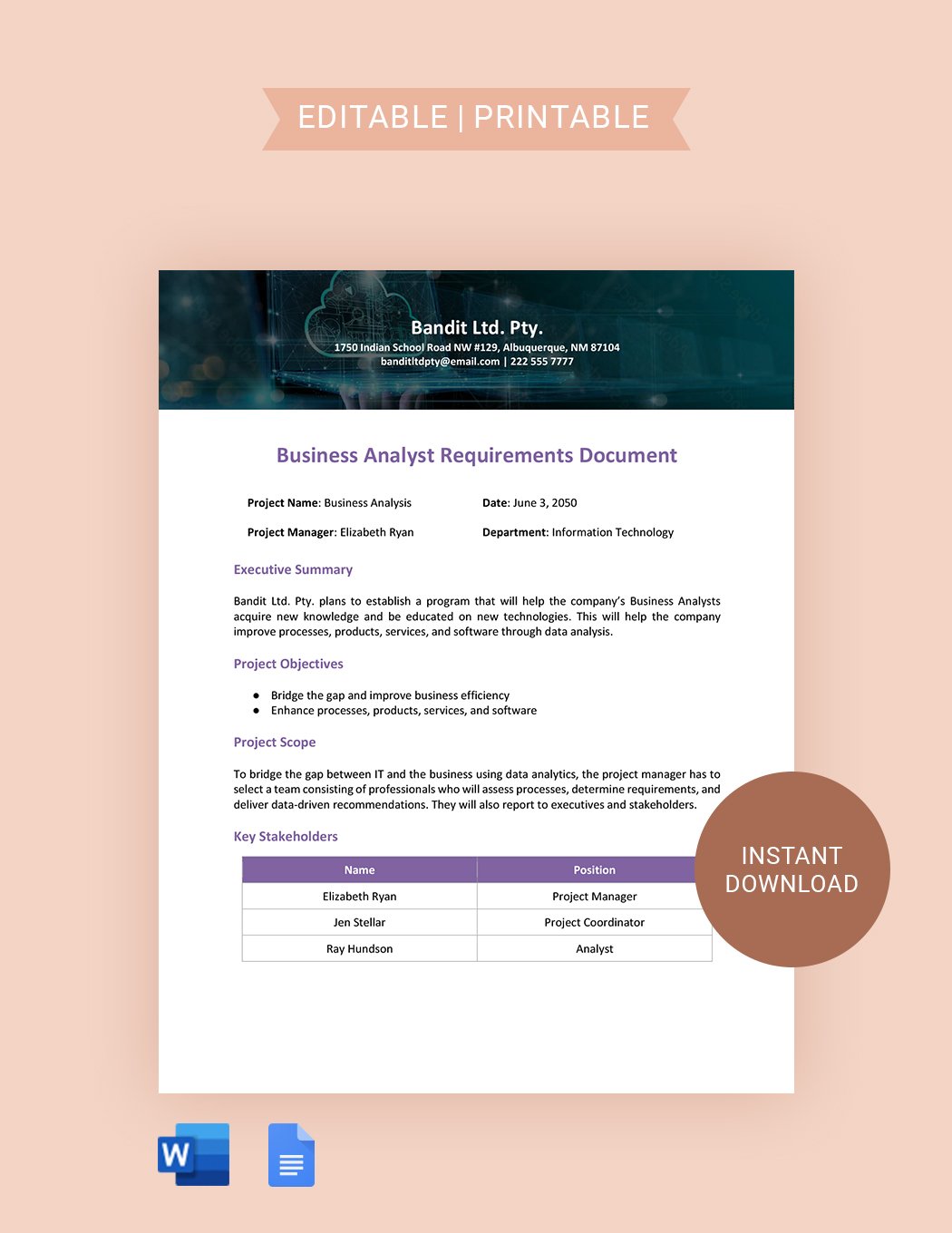
www.template.net
Editable Business Requirements Document Templates In Word To Download
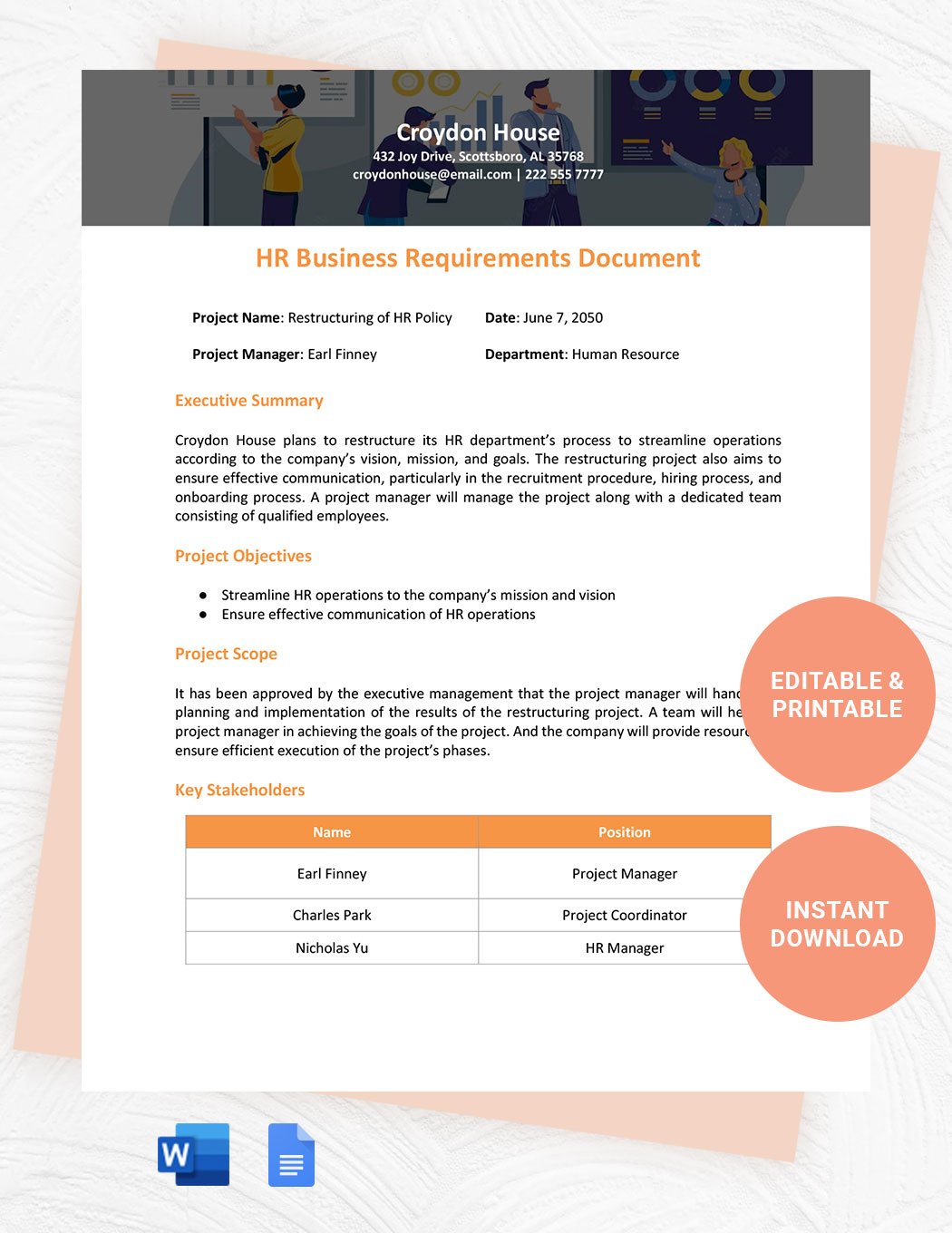
www.template.net
Data Warehouse Business Requirements Document Template In Word, Google

www.template.net
How To Write A Business Requirements Document | AltexSoft
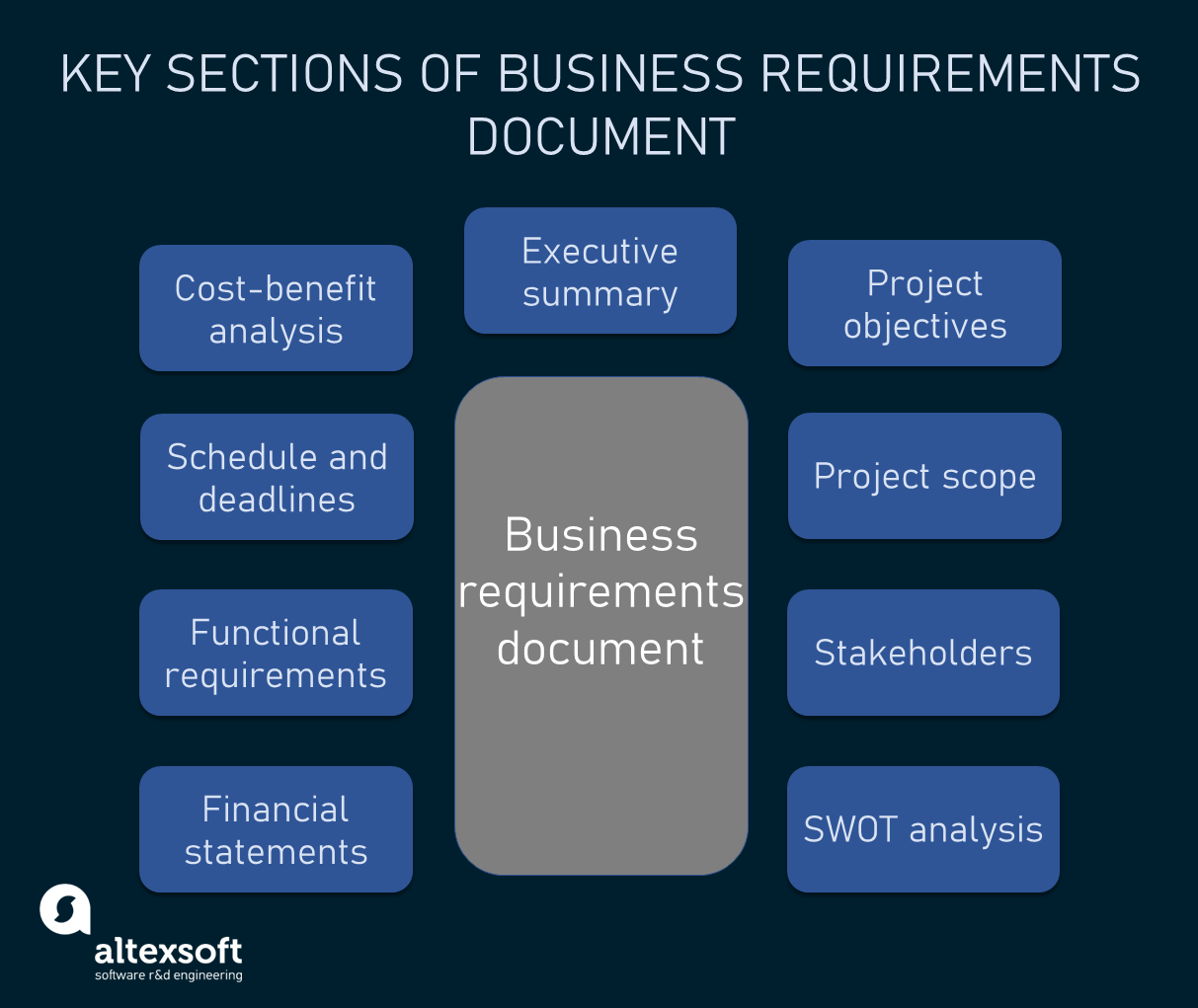
www.altexsoft.com
40+ Simple Business Requirements Document Templates ᐅ TemplateLab
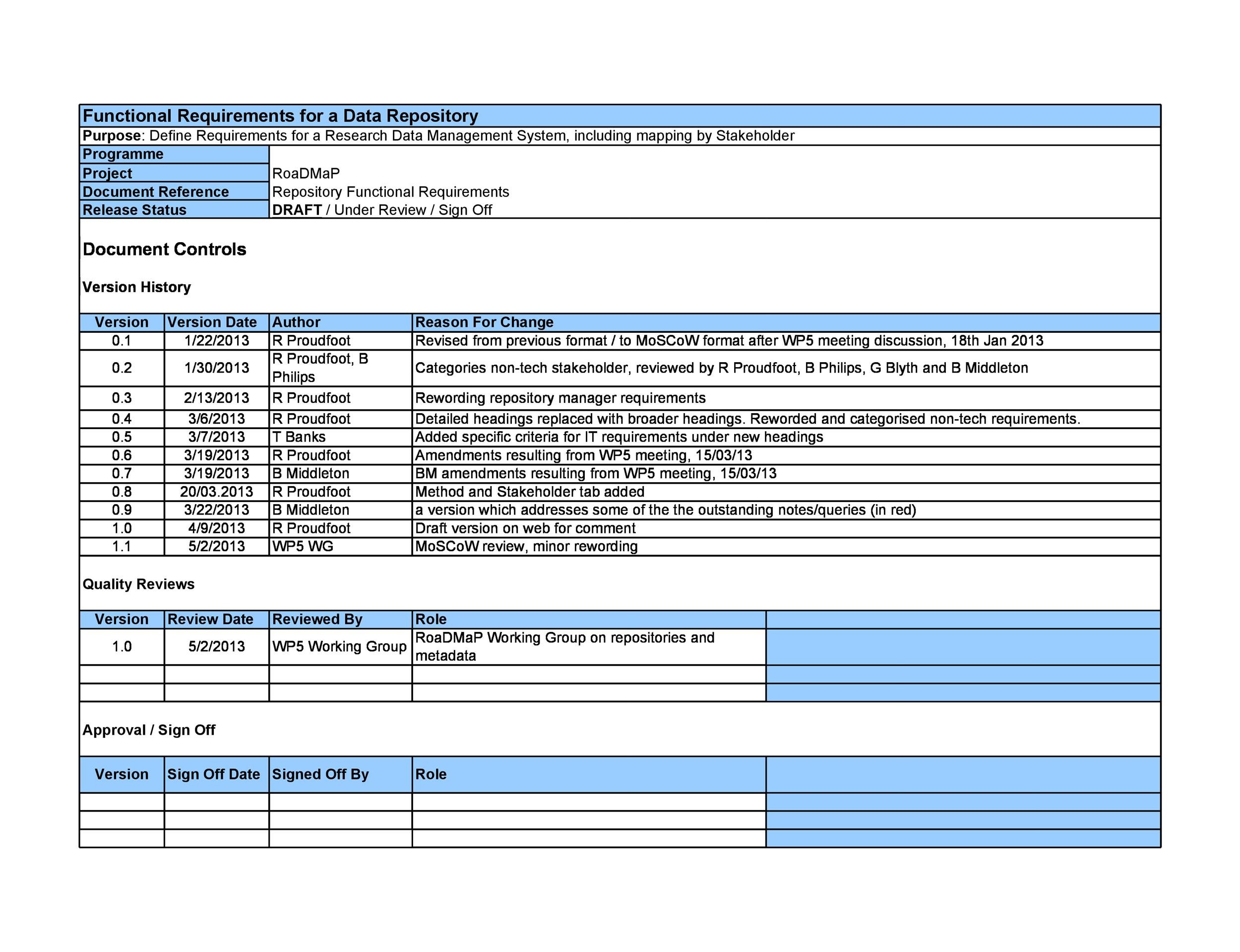
templatelab.com
Data Warehouse Business Requirements Template – PARAHYENA

www.parahyena.com
Data warehouse business requirements template – parahyena. Standard business requirements document template in word, google docs …. Data warehouse requirements gathering template excel